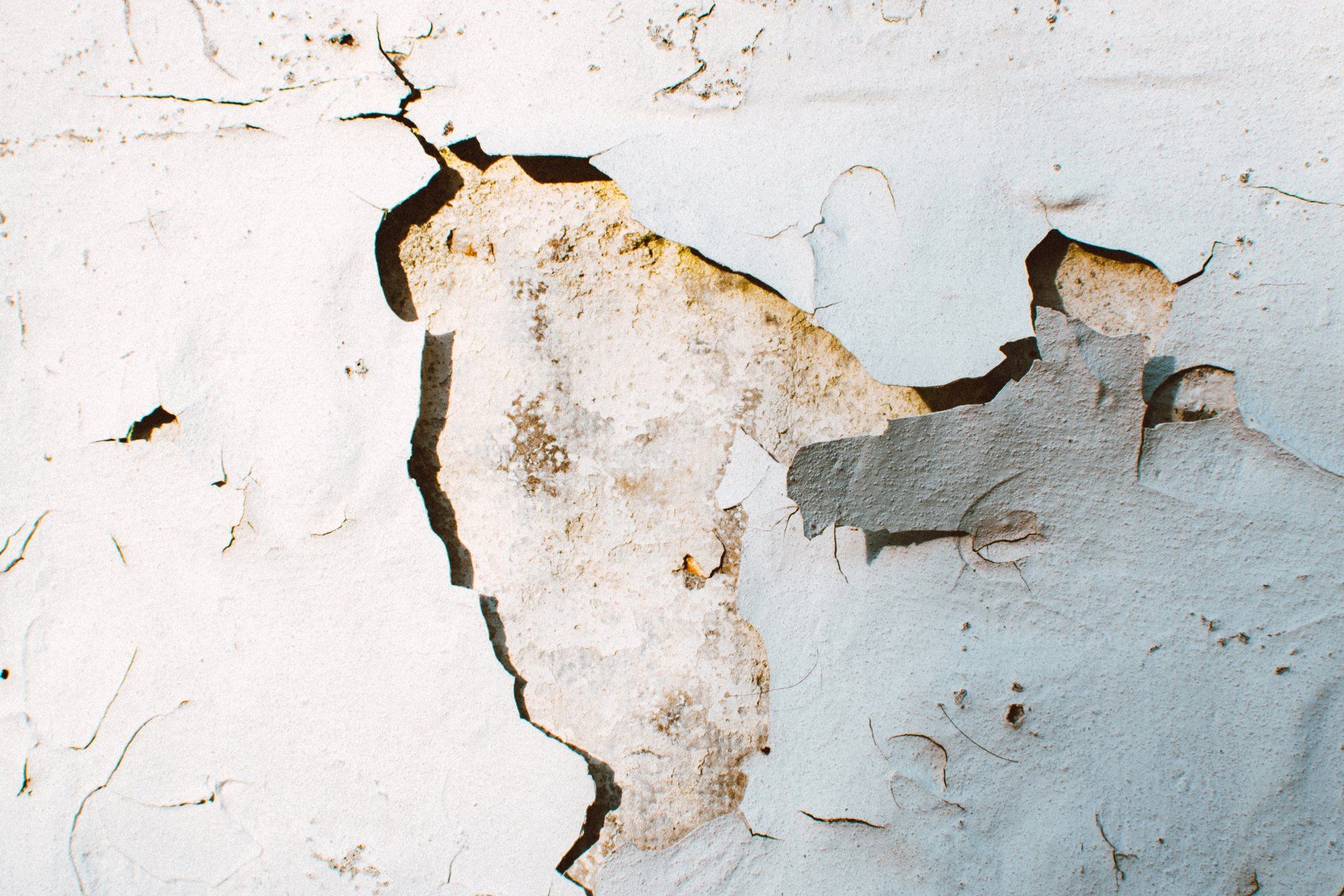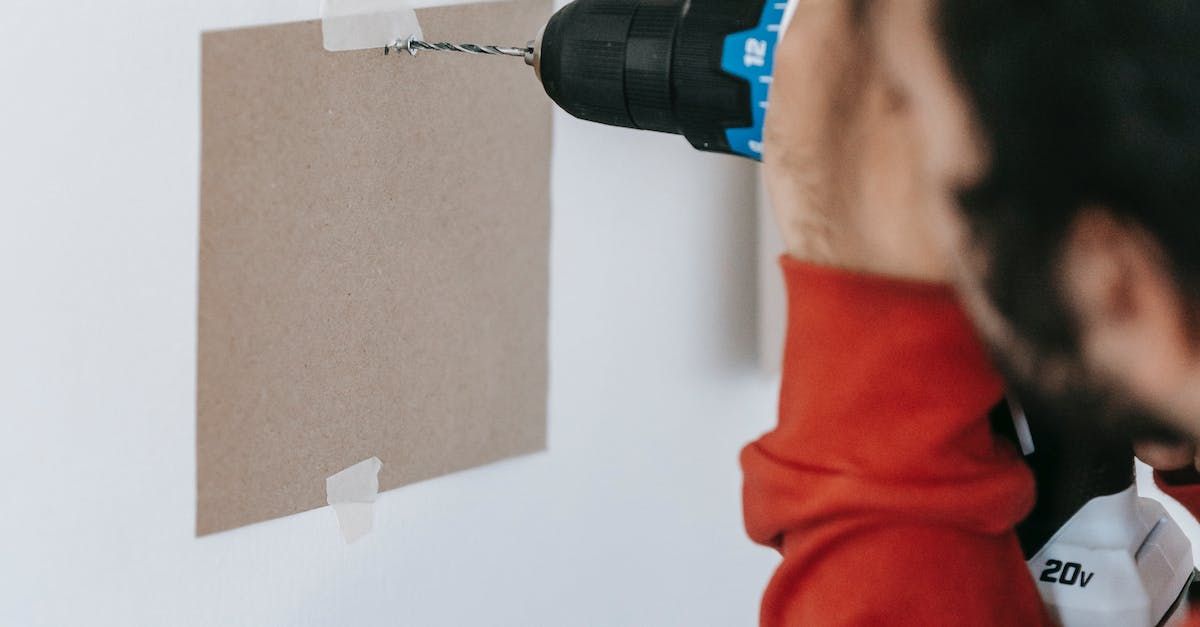Dealing with Holes in the Wall: Repairing and Covering Up Damage
Hole in the Wall Repair Guide: DIY and Professional Solutions
Holes in the wall can be an unsightly nuisance in any home or office space. Whether they're the result of an accident, wear and tear, or simply a change in decor, knowing
how to fix and cover up these holes is an essential skill for homeowners and renters alike. We'll explore the various types of holes in the wall and provide practical tips on how to repair them. Additionally, we'll discuss when it's best to hire a professional for
hole-in-wall repair.

Types of Holes in the Wall
Before diving into the repair process, it's crucial to understand the different types of holes you might encounter:
a. Small Holes: These are typically dime-sized or smaller and are often caused by nails, screws, or minor impacts.
b. Medium-Sized Holes: Ranging from a few inches to several inches in diameter, medium-sized holes may result from accidents or removal of wall fixtures.
c. Large Holes: These substantial openings are usually caused by more significant accidents or damage.
Fixing Small Holes in the Wall
Small holes in wall are the most common and easiest to repair. Here's a step-by-step guide to fixing them:
a. Gather Materials: You'll need spackling paste, a putty knife, sandpaper, and paint that matches your wall color.
b. Clean the Hole:
Remove any loose debris or dust from the hole.
c. Apply Spackling Paste: Use the putty knife to apply a thin layer of spackling paste over the hole. Smooth it out and let it dry.
d. Sand and Repeat:
Once the spackling paste is dry, sand it smooth. If needed, apply another layer of spackle, let it dry, and sand again.
e. Paint: Finally,
paint over the repaired area to match the surrounding wall.
Repair Drywall Hole in Wall
For larger or more extensive holes, repairing drywall is necessary. Here's how:
a. Gather Materials: You'll need a drywall patch, joint compound, a putty knife, sandpaper, and paint.
b. Cut the Patch: Trim the drywall patch to fit the hole, ensuring it's slightly larger than the damaged area.
c. Apply Joint Compound:
Spread a layer of joint compound around the hole and press the patch into place.
d. Smooth and Dry: Smooth out the joint compound and let it dry. Sand it until it's flush with the wall's surface.
e. Paint: Finish by painting over the hole in wall repair area to match your wall.
Cover Up Holes in Wall
Sometimes, you may want to cover up holes in wall rather than repairing them. This is common when you plan to redecorate or change the layout of your space. Here are a few creative ways to do it:
a. Wall Art:
Hang artwork, mirrors, or shelves to strategically cover holes and add visual interest to your walls.
b. Removable Decals: Use removable wall decals or stickers to conceal small holes with style.
c. Furniture Placement:
Rearrange your furniture to hide holes behind bookshelves, sofas, or cabinets.
Hire Someone to Fix Hole in Wall
While DIY hole in wall repair is feasible for small to medium-sized holes, there are situations where it's best to hire a professional. Here's when you should consider it:
a. Large Holes: Extensive damage or large holes may require professional expertise to ensure a seamless repair.
b. Lack of Time or Skills: If you lack the time, tools, or skills to complete drywall the repair properly, it's better to rely on a professional.
c. Wall Texture Matching:
Matching the wall texture can be challenging for DIYers, and professionals have the experience to achieve a consistent finish.
d. Structural Damage:
If the hole is a result of structural issues, it's essential to consult a professional to address the underlying problem.
Find a Professional to Fix Hole in Wall Near You
When you're ready to hire someone to fix small hole in walls, follow these steps:
a. Research:
Start by researching local contractors. People living in Fort Worth, TX have the best option of hiring
hole in wall repair contractor by Forth Worth Drywall Solutions. Other people may search handyman services online by typing in “hole in wall repair near me” or “fix hole in wall near me”.
b. Check Reviews:
Read reviews and ratings from previous customers to gauge the quality of their work.
c. Request Quotes:
Contact several professionals to request quotes for your specific project.
d. Verify Credentials: Ensure the contractor is licensed, insured, and has the necessary qualifications.
e. Discuss Your Needs:
Have a detailed discussion with potential contractors to make sure they understand your project requirements.
f. Compare Quotes: Compare the quotes, taking into account factors like price, expertise, and timeline.
g. Make Your Choice: Select the professional who best meets your needs and budget.
Conclusion
Fix hole in wall can be a straightforward DIY project for small to medium-sized holes. However, for larger or more complex repairs, or if you simply lack the time and skills, hiring a professional is the best option. Whether you choose to fix, cover up, or hire someone to repair holes in the wall, maintaining the integrity and aesthetics of your living space is essential for a comfortable and appealing home.




